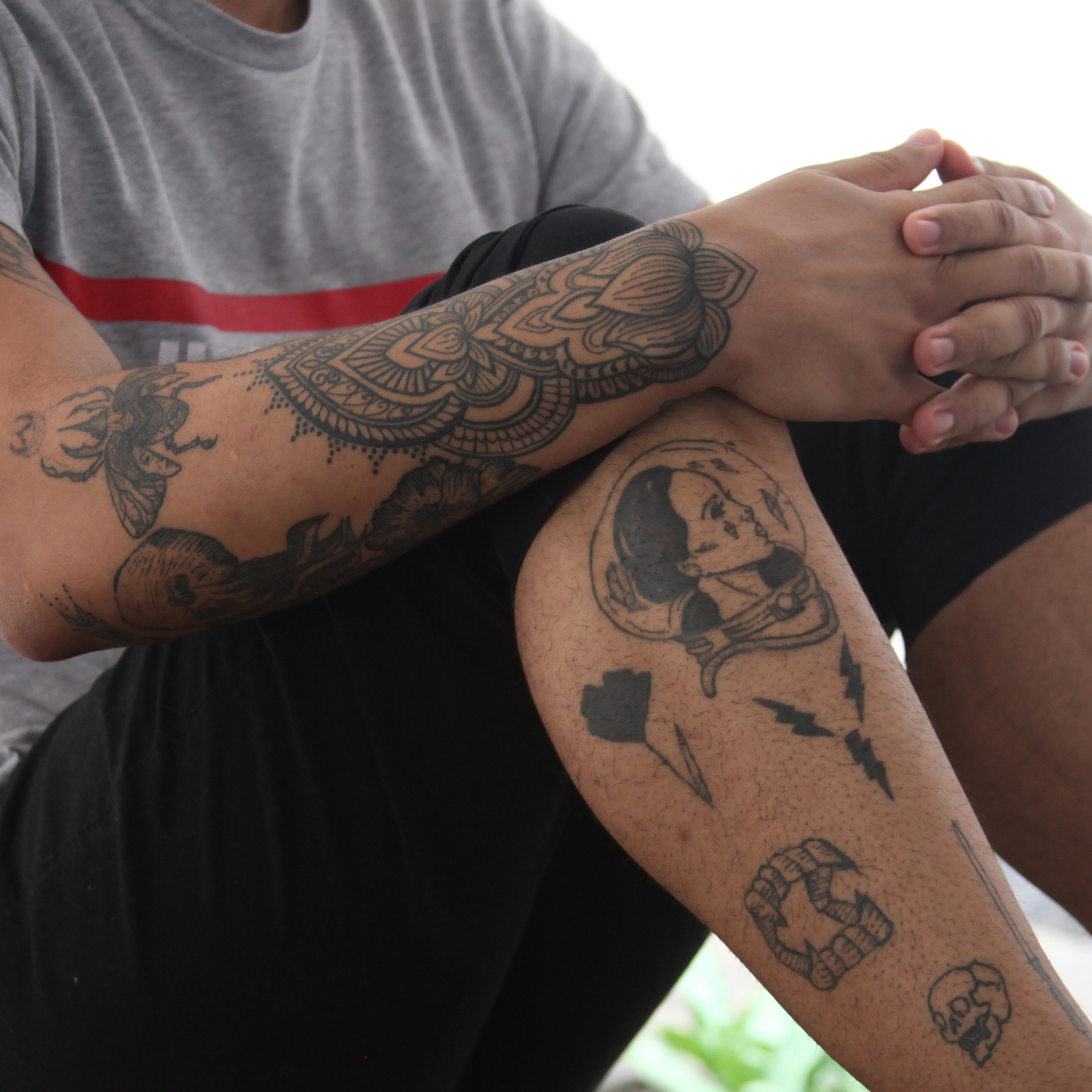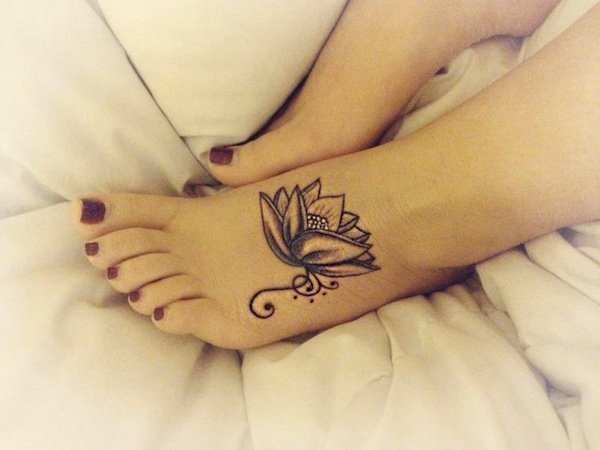In a recent article in the Freakonomics blog of the New York Times, the results of a test directly related to tattooed people was published, with the title "The Value of a Tattoo in Higher Education".
According to the article, psychologist David B. Wiseman, conducted a test with 128 students, where he showed pictures of tattooed and non-tattooed female models, presented as ?college instructors? What he could analyze he realized that the students preferred the tattooed ones:
? The analysis shows that the presence of tattoos was associated with some positive changes in evaluations: student motivation, being imaginative about assignments, and how likely students would be to recommend her as an instructor.?

Still in the same blog, it is possible to see another article by Steve D. Levitt, which brings very interesting numbers from a survey conducted in 2006 by Pew Research, which shows that:
- 40% of Americans aged 26-40 have at least one tattoo
- 36% between 18 and 25 years old has a tattoo
- Only one person out of ten of the oldest has a tattoo.
In the article, he looks at this from an economist's point of view, trying to analyze why tattoos are so popular:
One possibility is that people just enjoy the pleasure of its intrinsic beauty, just as they admire the art in a museum. But the place where most of these people have their tattoos makes them wonder about this possibility, since they are on the back, a place of little visibility.
On the other hand, he points to the fact that tattoos are something irreversible, and that makes them more popular because they are powerful identification tools, citing that the more costly it is to take an action, the more powerful what it represents. As an example he cites Mike Tyson's face tattoo, which sends a great message about himself.
Read the full story at Freakonomics (in English)





